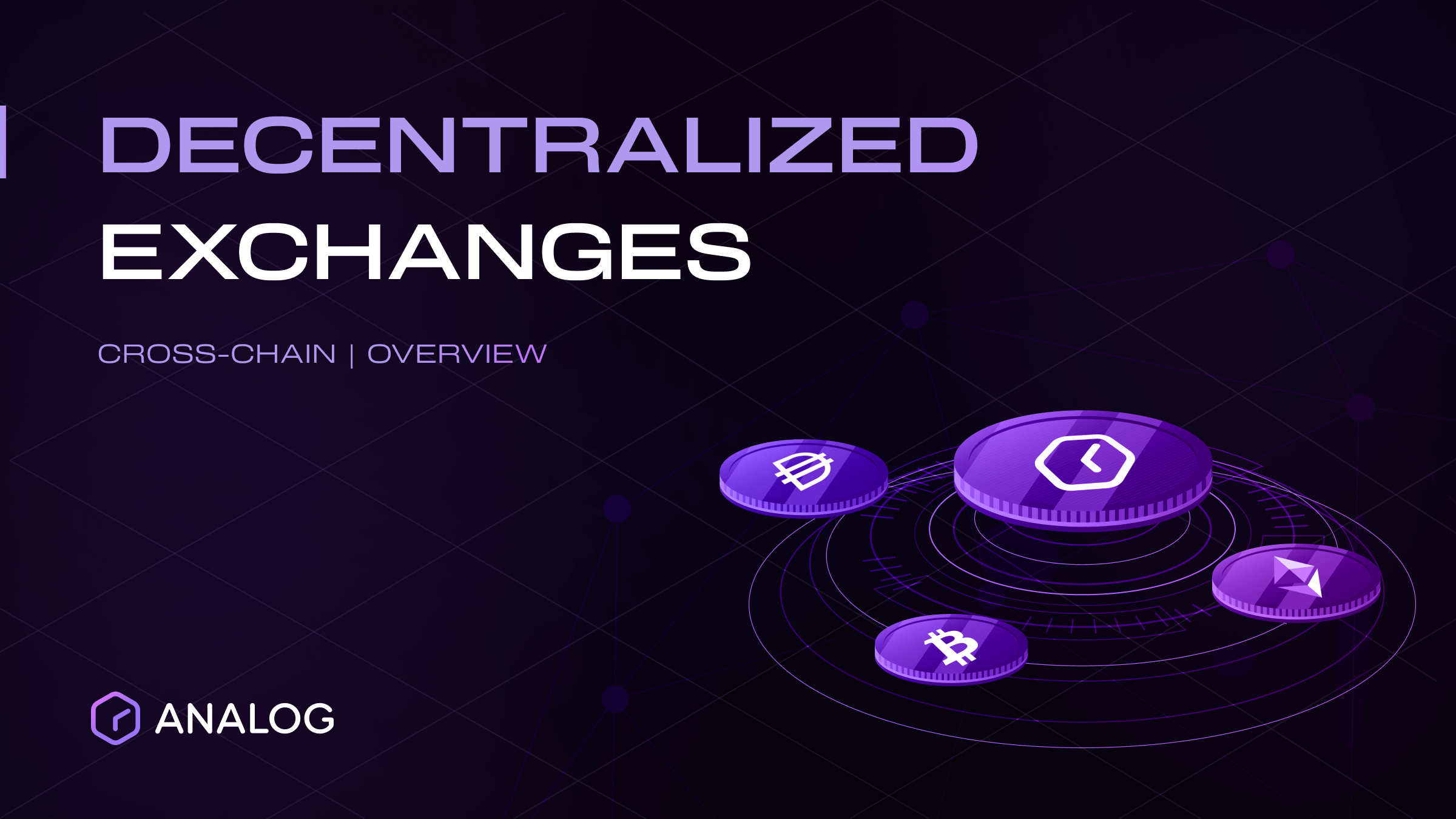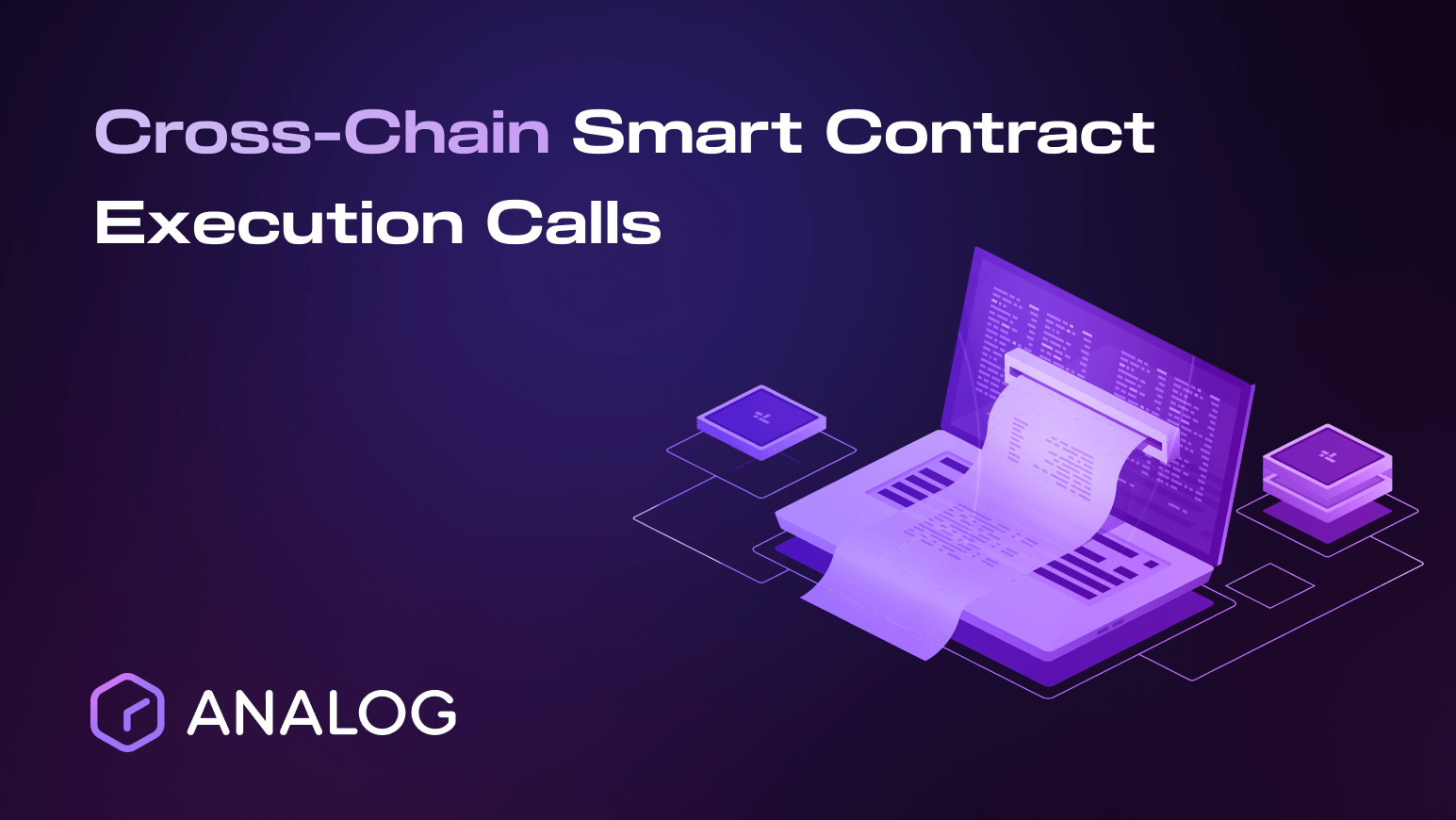
Decentralized Exchanges — or more simply DEXs — are peer-to-peer (P2P) marketplaces that allow crypto traders to trade their tokens directly without handing over the management of their assets to an intermediary. All transactions on DEXs are facilitated by self-executing code, known as smart contracts.
In the last couple of years, DEXs have become increasingly popular with the growth of Decentralized Finance (DeFi), estimated to reach 507.92 billion USD by 2028. Despite offering a more transparent and secure token exchange option, DEXs have limitations.
Many blockchains that host the DEXs operate in siloes, with unique consensus algorithms, data structures, programming languages, and encryption protocols. This limits users from exchanging their assets with a wide range of cryptos on other blockchains.
A cross-chain DEX allows users to trade their assets across multiple blockchain ecosystems, enabling them to access a wide range of cryptos. From a developer’s perspective, cross-chain DEXs reduce the need to build multiple DEXs on different blockchain networks.
In this post, we take a deep dive into the cross-chain DEXs, how they work, their benefits, and how Analog intends to position itself in this niche.
What is a cross-chain DEX?
A cross-chain DEX is a platform that allows traders to exchange assets across different blockchain networks. It is useful to users who want to exchange assets that are not native to their own blockchains or those who wish to trade between different chains.
Cross-chain DEXs rely on interoperability protocols that allow the source and destination chains to communicate, allowing assets to be exchanged across the two networks. While the interoperability feature makes cross-chain DEXs more complex to build than typical DEXs, it also makes them more powerful and versatile.
For example, by enabling direct swaps between different tokens across connected chains, cross-chain DEXs allow users to access more liquidity. In addition, they can also provide enhanced UXs, creating a future where users do not need to be aware of which blockchain networks they are interacting with. This experience mirrors the traditional Web2 UX, where users are not bothered about the underlying backend or cloud infrastructures they are using.
To understand how a cross-chain DEX works, it is important to understand cross-chain technology — the foundational technology that underpins cross-chain DEXs.
What is cross-chain technology?
Cross-chain technology refers to the ability of a smart contract on one chain, say Ethereum, to communicate with another smart contract on a different blockchain network like Avalanche. Put more simply, cross-chain technology is a blockchain interoperability feature that facilitates cross-chain smart contract execution calls, allowing a DApp on one chain to orchestrate actions on other blockchains.
Cross-chain technology is essential for a more integrated Web3 space, as it minimizes fragmentation, which, in turn, leads to increased capital efficiency and improved liquidity conditions.
Many cross-chain technology solutions have recently been developed to solve the blockchain interoperability dilemma. These solutions essentially serve as a middleware or bridge between different blockchain ecosystems, allowing users to seamlessly undertake cross-chain functionalities.
While there is no standard protocol for an interoperability architecture that cross-chain DEXs can leverage, several methods exist to enable such a solution. One such solution is atomic swaps, which rely on Hash Time-Locked Contracts (HTLCs) to allow users to swap assets between different chains.
You can also leverage cross-chain bridges that operate by locking/burning assets through a smart contract on the source chain and unlocking/minting corresponding tokens on the destination chain.
Analog's Public Testnet
Be among the first to experience Analog’s Timechain and the tools that power up the next generation of omnichain DApps.
How a cross-chain DEX works
Most DEXs today rely on an automated market maker (AMM) model where users trade against a liquidity pool or smart contract. The liquidity pool is filled by liquidity providers (LPs) who lend their funds into the pool and receive liquidity tokens in return. AMM-based DEXs can play a crucial role in enabling cross-chain swaps.
Let us consider a user, say Alice, who wants to exchange her ETH tokens on Ethereum for BNB tokens on the BNB chain. At a high level, here is how a cross-chain DEX would leverage cross-chain technology to allow Alice to undertake the cross-chain swap:
Alice connects her wallet to the cross-chain DEX and makes a request to swap ETH on Ethereum for BNB tokens on the BNB chain.
The request gets routed to the appropriate gateway smart contract managed by the cross-chain DEX’s validators on the Ethereum network.
The gateway smart contract performs checks and transfers the amount of ETH Alice wants to transfer from her wallet to the liquidity pool. A transfer event is emitted, and the payload is relayed to the destination chain.
Before the transaction is relayed to the destination chain, other validators can further validate it and add the transaction to a sovereign if the interoperability architecture relies on the middle chain to relay the transaction. The transaction can also be simply forwarded to the destination if the interoperability architecture is ledgerless or uses bridges.
Upon submission to the destination chain, the request gets executed on the BNB chain as if it had been made on the Ethereum network.
Benefits of cross-chain DEXs
Cross-chain DEXs provide several benefits to users, including:
Increased liquidity options. Cross-chain DEXs allow users to tap into existing liquidity pools across multiple blockchain ecosystems. The expanded liquidity pools can improve the market depth and minimize slippages while enhancing overall UX for traders.
Enhanced asset accessibility and diversification. With cross-chain DEXs, users are no longer constrained to offerings from a single blockchain, as they can access a wide range of tokens on other chains. This creates new investment options and diverse portfolios that can be customized based on their strategies.
Enhanced stability for the overall DeFi space. By allowing crypto assets to flow seamlessly across multiple chains, cross-chain DEXs can reduce the concentration and fragmentation risks in the DeFI space, allowing users to exchange their assets flawlessly, irrespective of the underlying blockchain network.
Enhanced resilience. With assets and resources spread out, cross-chain DEXs can reduce the risks associated with a single point of failure and diminish targeted attacks.
What are the risks of a cross-chain DEX?
The Web3 ecosystem has increasingly become multi-chain with the proliferation of blockchain networks. Each blockchain comes with its own approach to security, scalability, and trust assumptions. In such a multi-chain environment, cross-chain technology is more important than ever. It allows DApps to seamlessly interact with any other chain, allowing users and developers to tap into each network’s unique assets and features.
However, the number of cross-chain solutions has also grown with the increasing layer-1 (L1) and layer-2 (L2) chains. To choose the correct cross-chain solution, you have to compromise between the following properties:
Generalizability: Does the cross-chain solution allow DApps to transfer arbitrary data? The data could be assets or general messages.
Trust minimization: Does the cross-chain solution introduce new trust and security assumptions beyond those of the underlying supported chains?
Latency: How fast does it take to complete a cross-chain request?
Extensibility: How difficult is it to onboard new chains?
Cost: How much does it cost to undertake a cross-chain request successfully?
Unfortunately, because of these trade-offs, many cross-chain solutions are being built, each with its own architecture and risks. Some of the notable risks include:
Trust minimization risks. To overcome blockchain interoperability challenges, cross-chain platforms can use off-chain or on-chain validators that can introduce new trust and security assumptions.
Smart contract bugs. Hackers can exploit vulnerabilities and bugs in the smart contract on the connected chains, exposing users’ funds to different exploits such as this one.
Systemic financial risks. Many cross-chain protocols rely on the lock and mint mechanism to swap tokens across different chains. Any attack on the locked tokens on the source chain or infinite mint on the destination network can make the wrapped version of the asset worthless, exposing the entire connected blockchains to risks.
Analog’s value proposition in a multi-chain environment
Analog is building a General Message Passing (GMP) protocol that will allow DApps to seamlessly send tokens and arbitrary data across any supported blockchain to accommodate the need for a robust and secure interoperability standard. The GMP protocol is designed with security, reliability, and developer experience in mind.
DApp developers can leverage the protocol to build customized cross-chain DApps for various use cases, including cross-chain DEXs, cross-chain lending, and cross-chain DAOs, among others. The GMP protocol is powered by the Timechain, a sovereign blockchain network that runs on top of the battle-tested Nominated Proof-of-Stake (NPoS) consensus algorithm.
The Timechain is already being used to power Analog Watch, a Web3 data infrastructure toolset that developers can leverage to deploy and query smart contract data from any supported chain. Analog Watch eliminates the need for building complicated Web3 data pipelines for querying on-chain data via a simple and unified GraphQL endpoint.
You can learn more about the design and overall Timechain architecture by checking out the Timepaper and the Technical paper.
Begin your multi-chain and cross-chain adventure with Analog.
See our Docs to learn more about how to deploy and query on-chain data from any supported chain.
Visit the Watch UI to experiment with deploying and querying smart contract data from supported blockchains.
Apply to join our Launch Partners Program here.
Apply to join the Developers’ Grant Program here.
Join our developer community on Discord to ask any question(s).
Find us on Telegram and Twitter.











